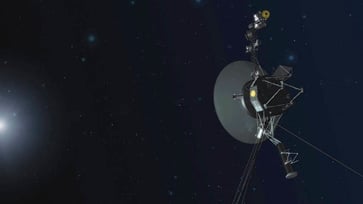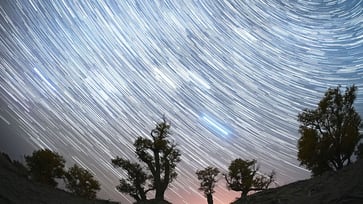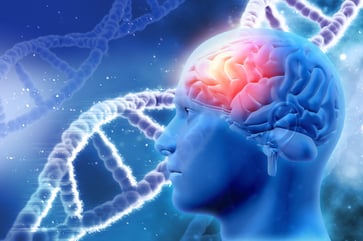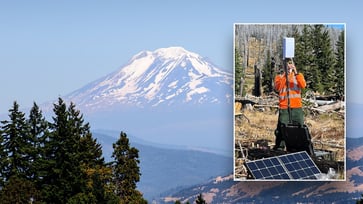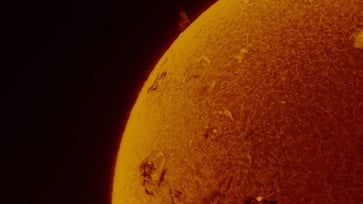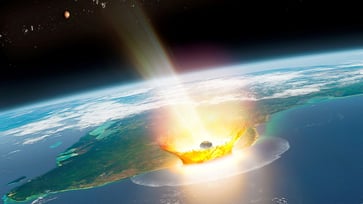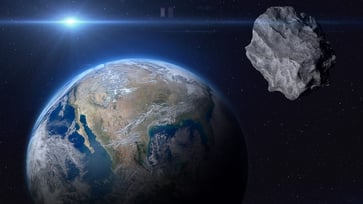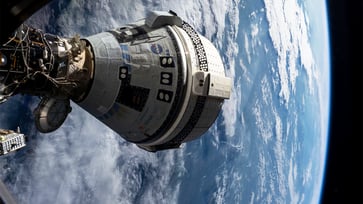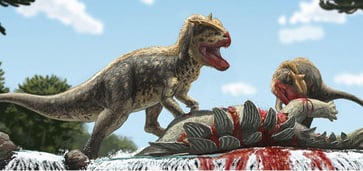A rocky 'super Earth' planet is found to have a thick atmosphere.
A planet that is larger than Earth but smaller than Neptune is known as a Super Earth.

- A super Earth planet, 55 Cancri e, has been found by researchers to have a thick atmosphere.
- The atmosphere of 55 Cancri e is composed of carbon dioxide and carbon monoxide, with the exact amounts remaining uncertain.
- Super Earth refers to a planet larger than Earth but smaller than Neptune.
Researchers reported on Wednesday that a thick atmosphere has been detected around a planet that is twice the size of Earth in a nearby solar system.
55 Cancri e, often referred to as the super Earth, is one of the few rocky planets outside our solar system with a substantial atmosphere, consisting mainly of carbon dioxide and carbon monoxide, although the exact proportions are uncertain. In contrast, Earth's atmosphere is composed of nitrogen, oxygen, argon, and other gases.
An astronomer at the University of Kansas who studies exoplanets, Ian Crossfield, stated that this planet likely has the strongest evidence of an atmosphere.
The research was published in the journal Nature.

A planet that is larger than Earth but smaller than Neptune is known as Super Earth. However, due to its boiling temperatures that can reach up to 4,200 degrees Fahrenheit, it is unlikely to support life.
Other rocky planets with thick atmospheres could exist and may be more hospitable, according to scientists who say the discovery is a promising sign.
An exoplanet located 41 light years away from us is eight times heavier than Earth and orbits its star Copernicus so closely that it experiences perpetual day and night cycles. A light-year is equivalent to approximately 6 trillion miles. The planet's surface is covered in magma oceans.
Researchers analyzed Webb Space Telescope observations of the planet before and after it passed behind its star to determine its atmosphere's composition.
The researchers calculated the planet's temperature by separating the light emitted from the planet and its star. They found evidence that the planet's heat was being distributed evenly across its surface, a characteristic of atmospheres.
The discovery of gases from the magma oceans of a super Earth could provide insights into the evolution of Earth and Mars, according to scientists.
"Renyu Hu, a planetary scientist at NASA's Jet Propulsion Laboratory, stated, "This is a rare opportunity to examine the early stages of planet development.""
science
You might also like
- Lunar modules from the first two moon landings have been captured in stunning detail by Orbiter photos, more than 50 years after the historic missions.
- Discovery of a remarkable mastodon jaw in a New York homeowner's backyard
- NASA resumes communication with Interstellar Voyager 1 after pause.
- In 2055, the asteroid that was once referred to as Earth's "mini moon" will make a return visit.
- A new species of sea slug that resides in the ocean's 'midnight zone' has been discovered with a glowing appearance.
